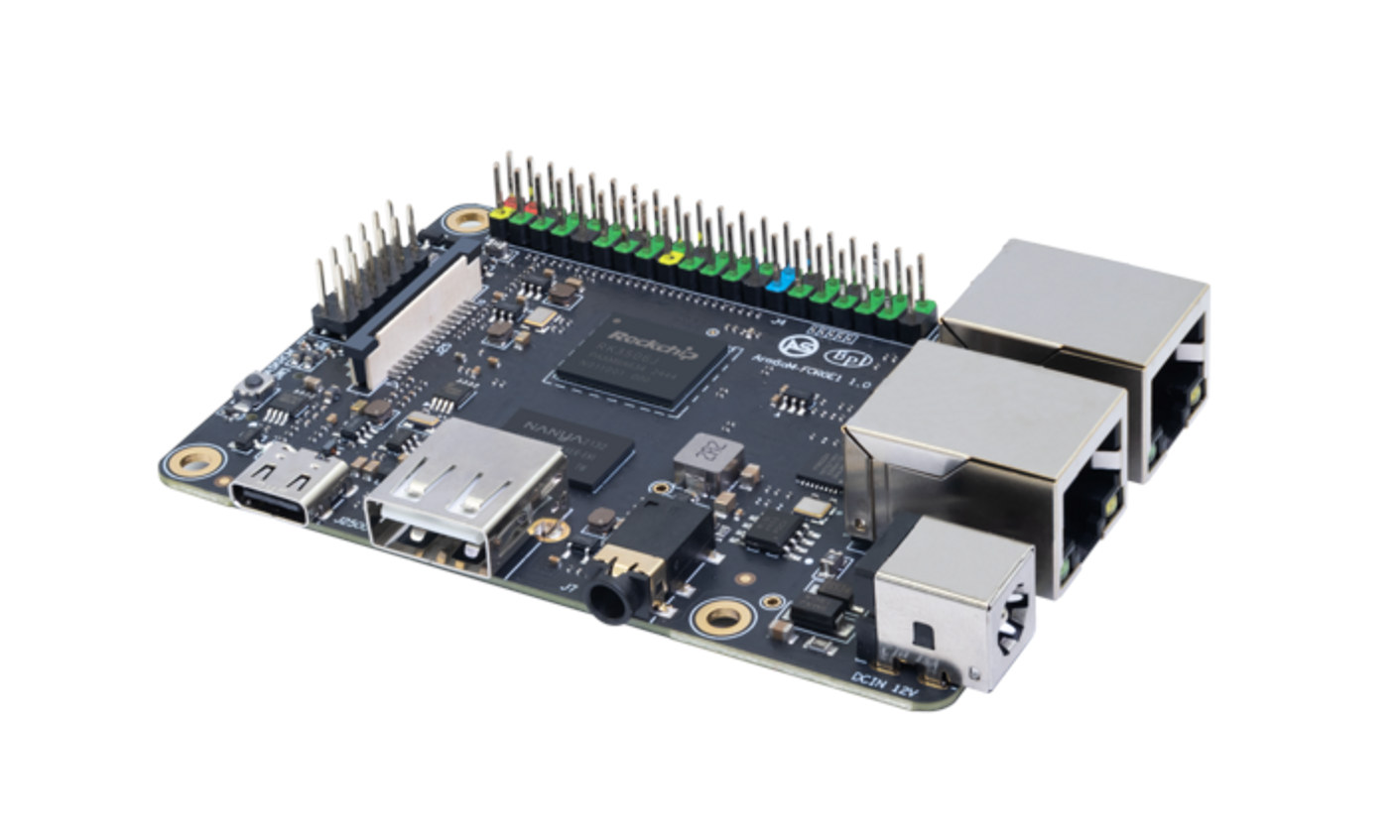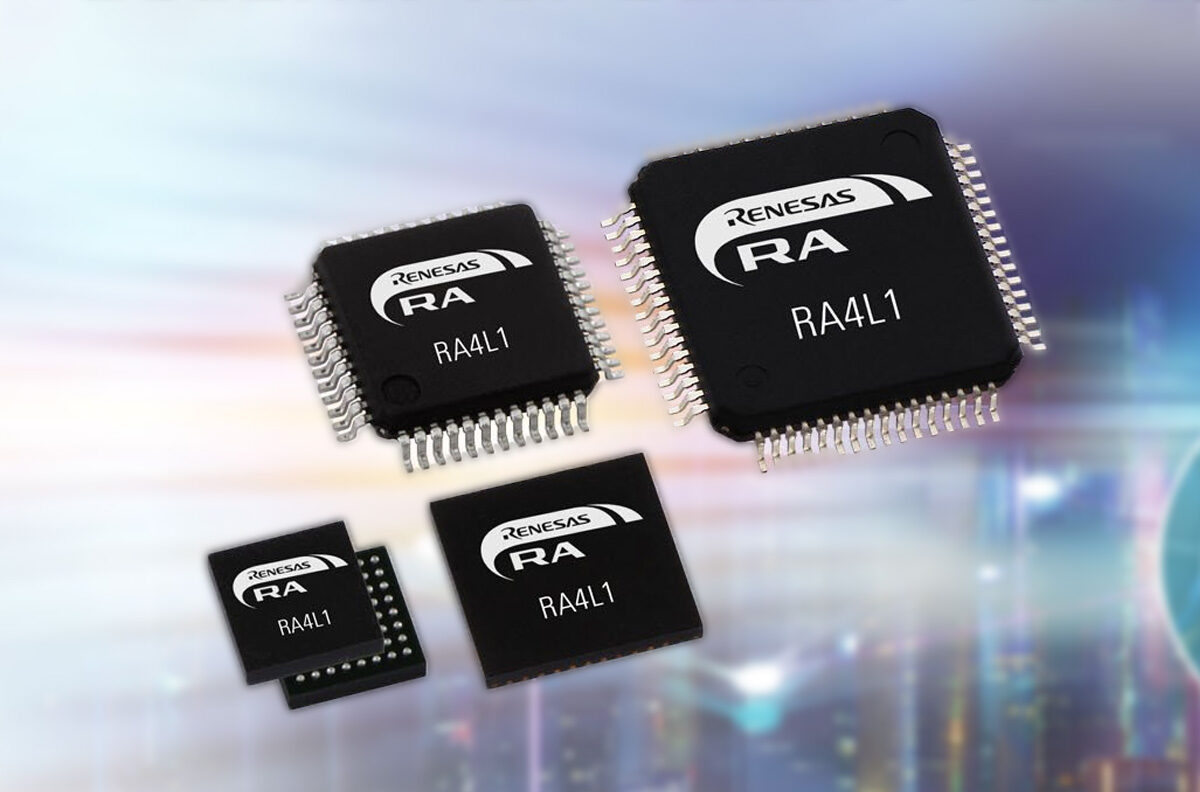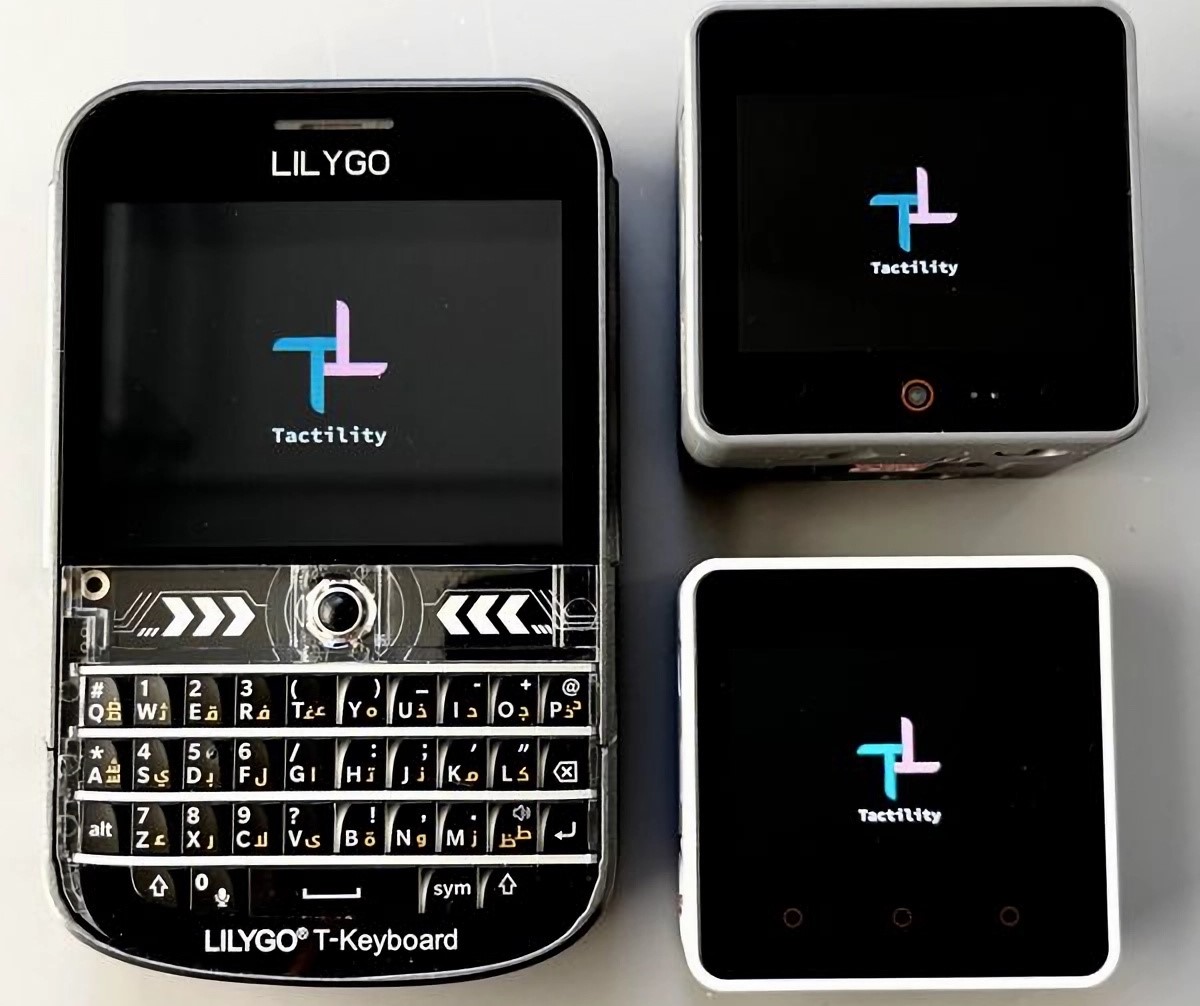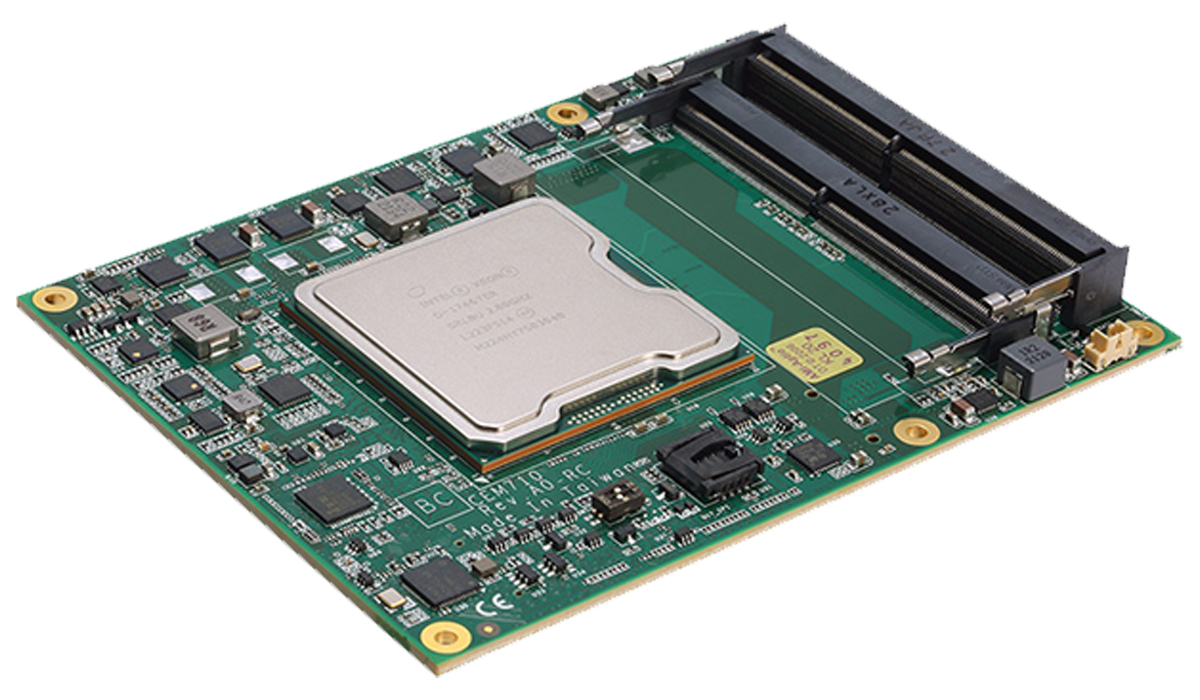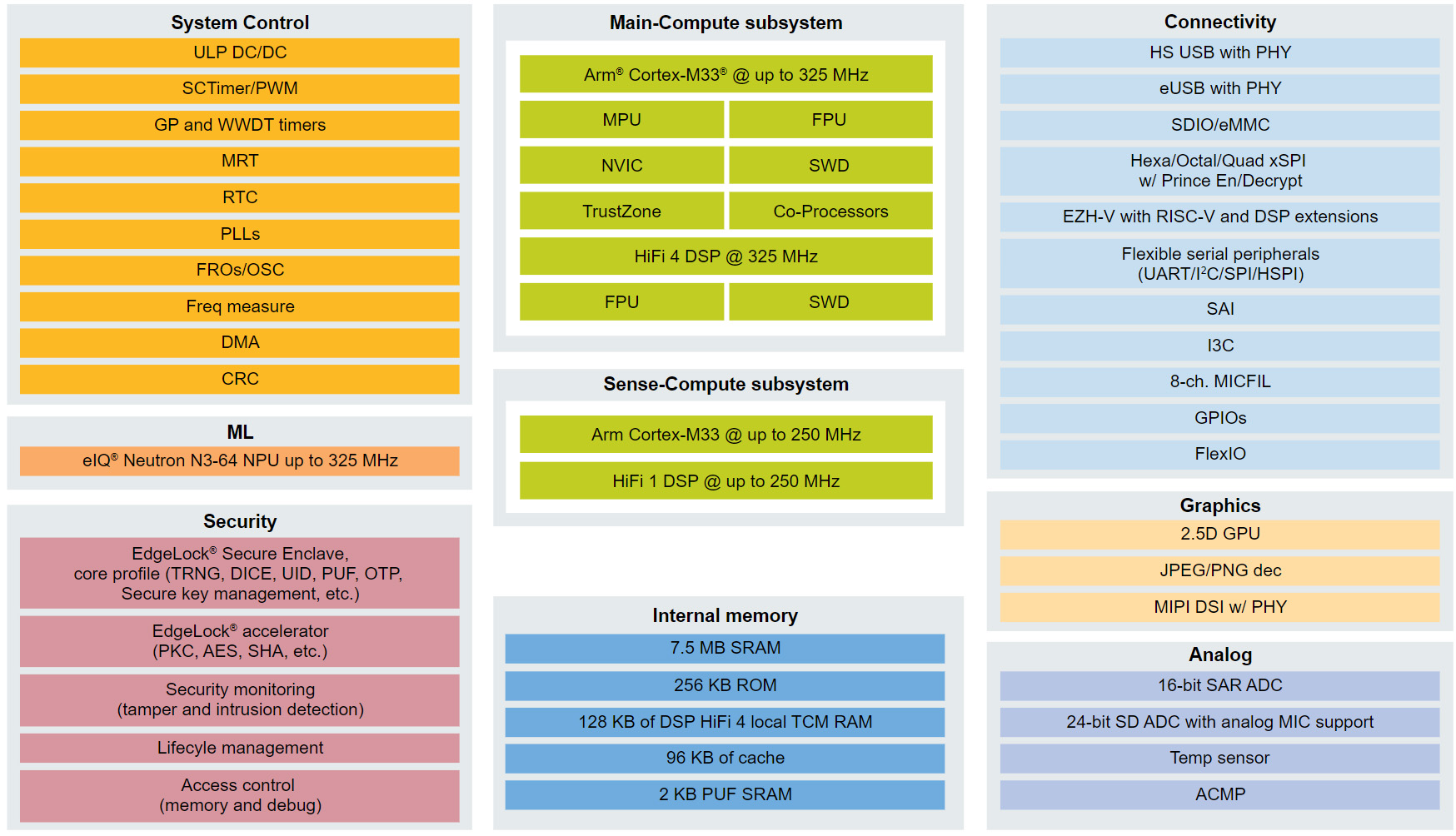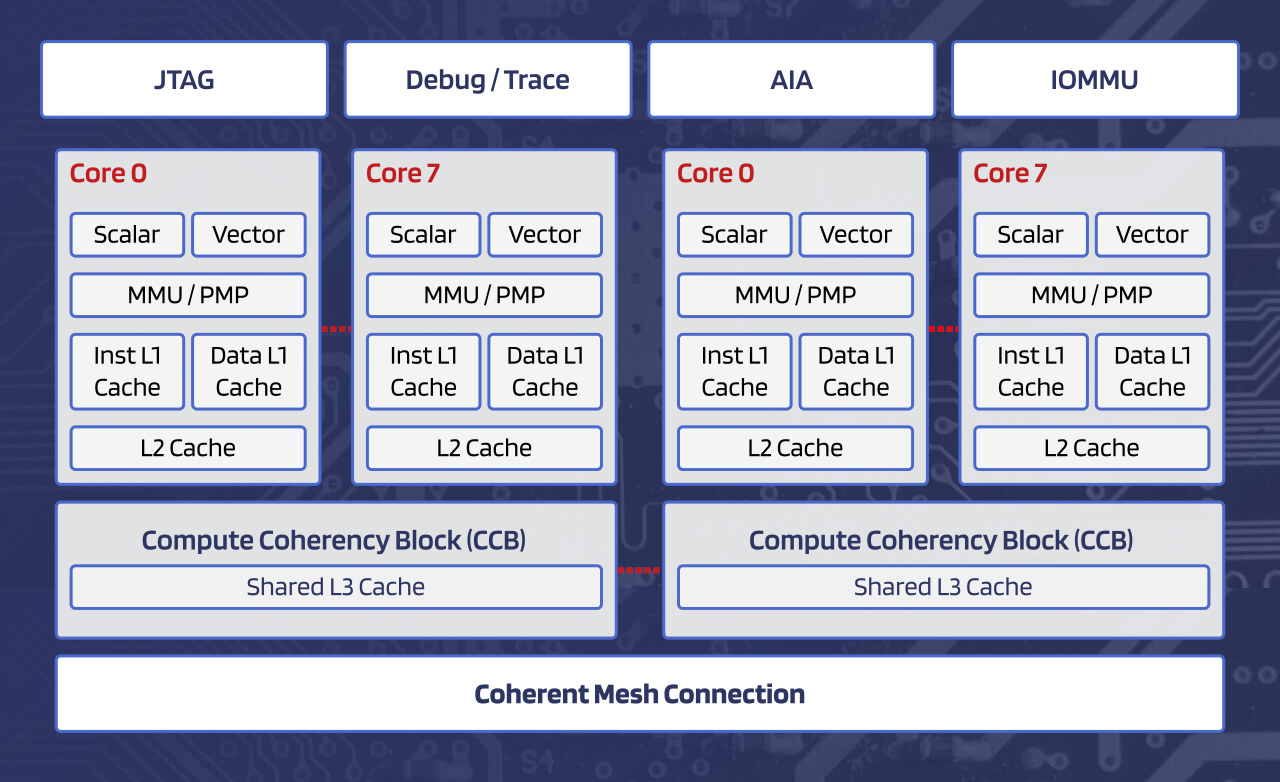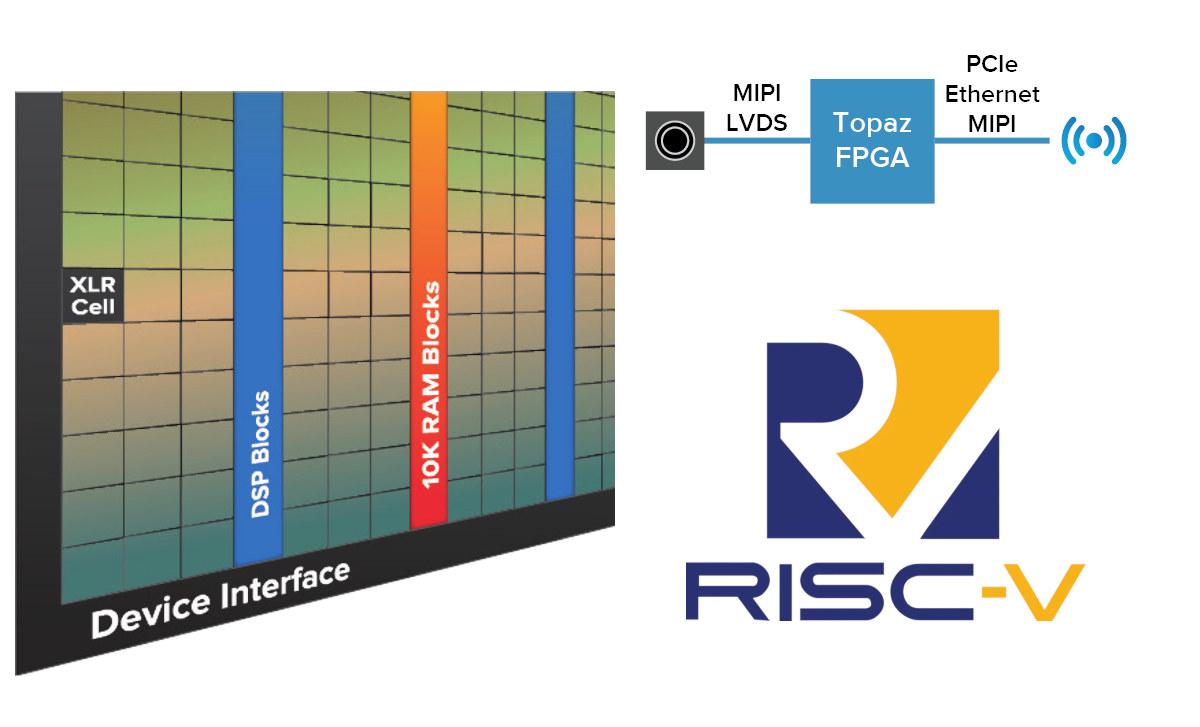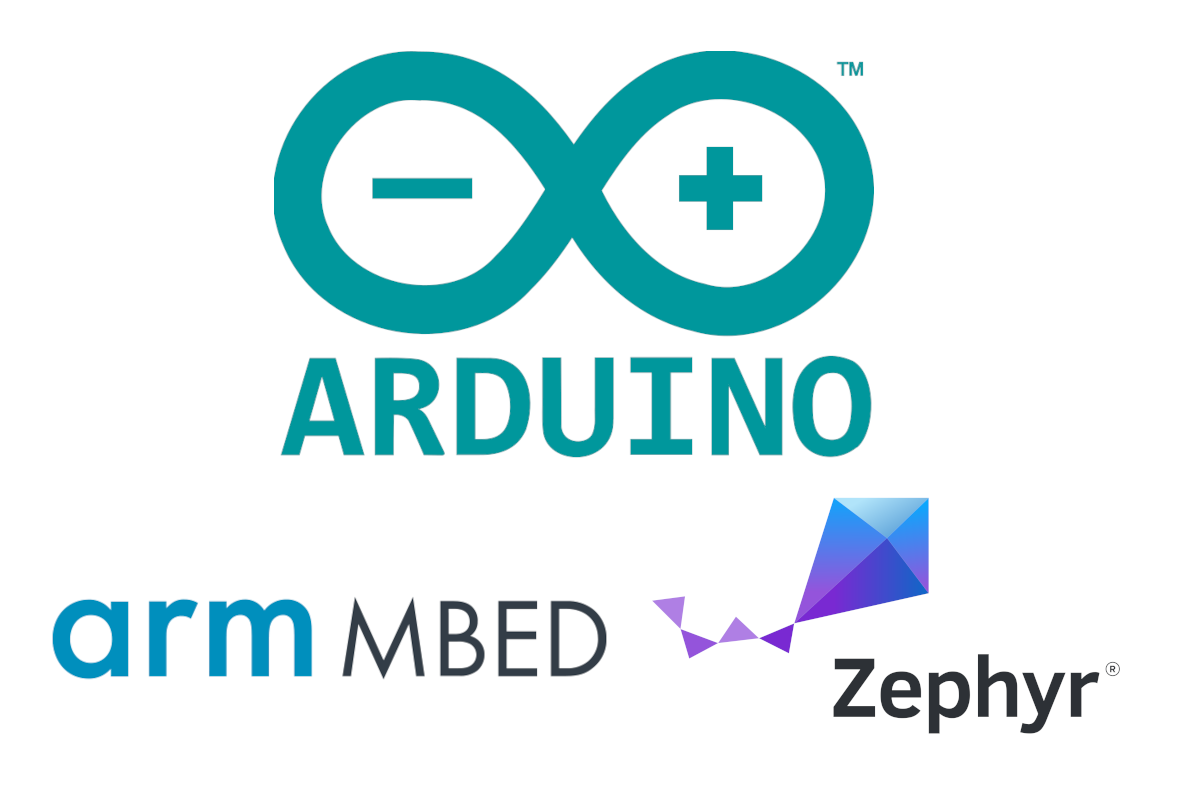ArmSoM Forge1 is an industrial SBC (single board computer) powered by the Rockchip RK3506J triple-core Cortex-A7 processor designed for Smart Audio, HMI, and factory automation applications. The Forge1 is equipped with 512MB RAM, 512MB NAND flash, two Fast Ethernet ports, a MIPI DSI display connector, USB Type-A and Type-C ports, an audio jack, a 40-pin GPIO header partially compatible with Raspberry Pi HATs, and a 16-pin header with speaker output, microphone input, RS-485, and CAN Bus. ArmSoM Forge1 specifications: SoC – Rockchip RK3506J CPU 3x Arm Cortex-A7 core up to 1.5 GHz Arm Cortex-M0 real-time core GPU – 2D GPU only No VPU, no NPU System Memory – 512MB DDR3L Storage 512MB SPI NAND flash MicroSD card Video Output – 2-lane MIPI DSI connector up to 1280 x 1280@ 60FPS Audio 3.5mm audio jack Speaker and Mic via expansion header Networking – 2x 100Mbps Ethernet RJ45 ports USB 1x USB […]
Renesas RA4L1 ultra-low-power MCU family offers 168 µA/MHz operation, dual-bank flash, capacitive touch
Renesas has recently introduced the RA4L1 ultra-low-power Arm Cortex-M33 MCU family along with two evaluation/development boards. This new lineup consists of 14 ultra-low-power devices based on an 80 MHz Arm Cortex-M33 processor with TrustZone support and designed for metering, IoT sensing, smart locks, digital cameras, and human-machine interface (HMI) applications. The RA4L1 MCU family offers high power efficiency at 168 µA/MHz while active and a standby current of 1.70 µA while retaining SRAM. Additionally, they support segment LCD, capacitive touch, USB-FS, CAN FD, low-power UART, multiple serial interfaces (SPI, QSPI, I2C, I3C, SSI), ADC, DAC, real-time clock, and security features like the RSIP security engine with TRNG, AES, ECC, and Hash. Renesas RA4L1 microcontroller Renesas RA4L1 specifications MCU core Arm Cortex-M33 core (Armv8-M) Up to 80 MHz operating frequency Arm Memory Protection Unit (MPU) 8 secure regions (MPU_S) 8 non-secure regions (MPU_NS) CoreSight ETM-M33 Dual SysTick timers (secure & non-secure) […]
Tactility “operating system” for the ESP32 microcontroller family supports built-in and external applications
Tactility is an operating system that runs on the ESP32 microcontroller series. Created by Dutch software developer, Ken Van Hoeylandt (also known as ByteWelder), Tactility is a project one year in the making inspired by the Flipper Zero and its application platform. The ESP32 operating system can run built-in apps and helper services from flash storage as well as external applications from an SD card. It leverages the Espressif ELF(Executable and Linkable Format) loader to load ELF files from external storage to the executable memory area. Tactility is built to run on any ESP32-based device with a touchscreen since drivers (display, touch, and SD card) can be implemented for any hardware. ESP32-S3 devices are “the best option” due to their performance and larger memory. The LILYGO T-Deck series is highly recommended for its onboard keyboard and sizable display. Preset configurations are available for the LILYGO T-Deck Plus, LILYGO T-Deck, M5Stack […]
Axiomtek CEM710 COM Express module features Intel Xeon D-1700 SoC with up to 100Gbps Ethernet support
In 2022, we covered Intel’s Xeon D (Ice Lake-D) processor family, which includes the D-2700 and D-1700 models. These processors are designed for software-defined networking and edge applications, providing data center-grade capabilities at the edge. Key features include integrated AI and crypto acceleration, built-in Ethernet, and support for Intel Time Coordinated Computing (TCC) and Time-Sensitive Networking (TSN) to ensure high reliability. Leveraging these advanced capabilities, companies like ADLINK Technology and Congatec have introduced COM-HPC server modules and COM Express Type 7 modules based on the new Xeon D lineup. Axiomtek’s CEM710 is a COM Express Type 7 Basic Module powered by Intel Xeon D-1700 Series processors, designed for edge computing, industrial automation, and data-intensive applications. It offers up to 10 cores, 100Gbps Ethernet, and 64GB of DDR4 ECC memory, along with PCIe Gen3 slots for expandability. With rugged features and TPM 2.0 for security, it ensures reliable performance in demanding […]
NXP i.MX RT700 dual-core Cortex-M33 AI Crossover MCU includes eIQ Neutron NPU and DSPs
NXP has recently announced the release of NXP i.MX RT700 RT700 AI crossover MCU following the NXP i.MX RT600 series release in 2018 and the i.MX RT500 series introduction in 2021. The new i.MX RT700 Crossover MCU features two Cortex-M33 cores, a main core clocked at 325 MHz with a Tensilica HiFi 4 DSP and a secondary 250 MHz core with a low-power Tensilica HiFi 1 DSP for always-on sensing tasks. Additionally, it integrates a powerful eIQ Neutron NPU with an upgraded 7.5 MB of SRAM and a 2D GPU with a JPEG/PNG decoder. These features make this device suitable for applications including AR glasses, hearables, smartwatches, wristbands, and more. NXP i.MX RT700 specifications: Compute subsystems Main Compute Subsystem Cortex-M33 @ up to 325 MHz with Arm TrustZone, built-in Memory Protection Unit (MPU), a floating-point unit (FPU), a HiFi 4 DSP and supported by NVIC for interrupt handling and SWD […]
Akeana unveils 10 RISC-V cores suitable for microcontrollers up to data center chips
Founded about three years ago, Akeana has just officially launched and announced three 32-bit and 64-bit RISC-V processor lines and SoC IP with the Akeana 100 series for 32-bit microcontrollers, the Akeana 1000 series for 64-bit processors with MMU, and the Akeana 5000 series with much higher single-thread performance and designed for laptops, data centers, and cloud infrastructure. The company also introduced Scalable Coherent Interconnect, Interrupt Controller, and IOMMU IP for building out compute subsystems based on the aforementioned RISC-V cores, as well as AI-targeted Vector RISC-V Cores and Matrix Computation IP. The design team is said to have previously worked on Marvell’s ThunderX2 server chips. Akeana 100 Series The Akeana 100 Series is a line of highly configurable processors with 32-bit RISC-V cores that support applications from embedded microcontrollers to edge gateways, to personal computing devices. Four Akeana 100 RISC-V cores are available Akeana 110 for area- and power-constrained […]
Efinix introduces the low-power Topaz RISC-V SoC FPGA family for “high-volume, mass-market applications”
Efinix Topaz is a new low-power RISC-V SoC FPGA family manufactured with the same 16nm TSMC process as the Efinix Titanium SoC FPGA, but optimized for high-performance in a low-power footprint, and targetting high-volume, mass-market applications. The Topaz SoC FPGAs provide fewer features than the Titanium family but still offer up to four RISC-V hard cores, PCIe Gen3, MIPI interfaces, LPDDR4, LVDS, and 12.5 Gbps transmitter with most features being optional and depending on the exact SKUs selected. Efinix Topaz key features and specifications: FPGA compute fabric Up to 326,080 logic elements (LEs) Up to 19.22 Mbits embedded memory Up to 1,877 10-Kbit SRAM blocks Up to 1,008 embedded DSP blocks Memory – 10-kbit high-speed, embedded SRAM, configurable as single-port RAM, simple dual-port RAM, true dual-port RAM, or ROM FPGA interface blocks Optional 32-bit quad-core hardened RISC-V block (RISCV32I with M, A, C, F, and D extensions and six pipeline […]
Arduino to switch from Arm Mbed to Zephyr RTOS
Following Arm’s decision to stop supporting Mbed from July 2026 onwards, Arduino has now decided to use Zephyr RTOS instead of Arm Mbed for Arduino boards that rely on the latter including Arduino GIGA, Arduino Nano 33 BLE, Arduino Nano RP2040 Connect, as well as Arduino PRO boards/solutions such as the Portenta, Nicla, and Opta families. Note that Arduino UNO, MKR, and Nano families are not impacted by the change since their Arduino Core implementation does not rely on Mbed. The change is not going to happen overnight as software development takes time, and Arduino plans to release the first beta based on ZephyrOS by the end of 2024. and a rollout for various boards starting in 2025 long before Arm Mbed is phased out for good. Arduino is not new to the Zephyr project as the company became a Silver member last year, and they were aware that Arm […]


